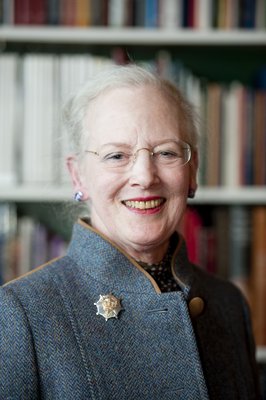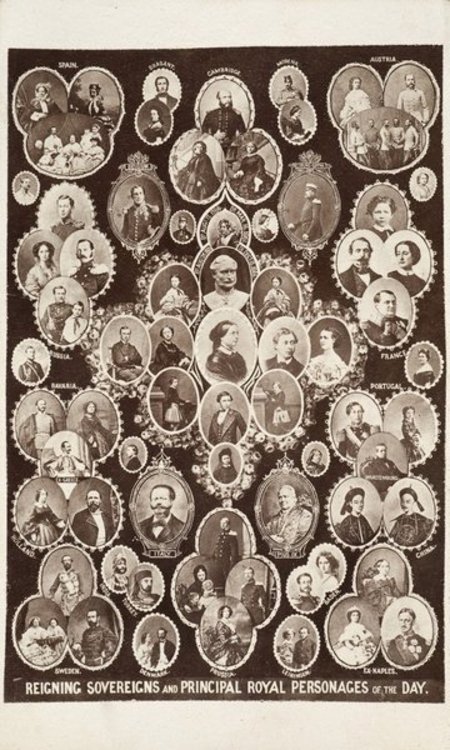Nordic monarchies
The political systems in Denmark, Norway, and Sweden have evolved over centuries of development as hereditary, ‘democratic,’ constitutional monarchies. (Finland and Iceland are presidential republics.) Today the powers of the crown in these countries are strictly circumscribed, and the duties of the Nordic monarchs largely involve public relations both internal and international.

The origins of the monarchy in each country lie in the Middle Ages (c. 800-1100). The history of a separate national monarchy in Denmark is continuous; Sweden’s was interrupted at several points during the era of the Kalmar Union (1397-1523) as was Norway’s, and then, when Norway’s autonomy was submerged in union with Denmark until 1814 and then with Sweden until 1905.
The powers of the crown in Denmark, Norway and Sweden are constitutionally defined and limited. In general, the most important roles of the monarch are symbolic and ceremonial; the monarchs represent the nation, continuity, and important aspects of each country’s history. They also serve as unifiers in times of turmoil.
In none of the three countries do the monarchs actually govern, though they are constitutionally defined as ‘rulers’ in Denmark and Norway and as ‘head of state’ in Sweden. The Danish and Norwegian monarchs technically appoint governments, but their choices are determined by election results and political discussions within the national parliaments. The Danish ruler must also co-sign, along with the appropriate Government minister, all bills passed by parliament. In Sweden the crown has even fewer political powers; who will form a government is determined by the parliamentary speaker, and laws do not carry a royal signature. One of the monarch’s ceremonial duties is, however, to open the annual session of the parliament. None of the Nordic monarchs has a real veto over legislation.

Monarchy remains the preferred constitutional option in Denmark, Norway, and Sweden. This could be explained by the fact that the active roles of their monarchs are clearly restricted, and the acceptance by the monarchs of the roles assigned to them in each respective political system. Another explanation may lie in the ways in which the roles have been carried out by particular individuals on the different thrones. Overall, the Nordic monarchs have generally enjoyed significant popular approval. Another interesting aspect of the Nordic monarchies is the ‘democratization’ of the royal families. All three current rulers have chosen spouses outside the old royal aristocracies, and the Crown Princes of Denmark and Norway and the Crown Princess of Sweden are also married to commoners. Another aspect of this democratization is that women are eligible to inherit the throne (in Denmark since 1953, Norway since 1990, and Sweden since 1980). As a result, Denmark has its first queen since the fourteenth century, and Sweden’s next monarch is set to be Crown Princess Victoria.
The monarchy does, however, have its opponents, and there are groups in all three countries that support a republican option. Although generally small, these groups can be loud, and utilize the Internet to spread their views.